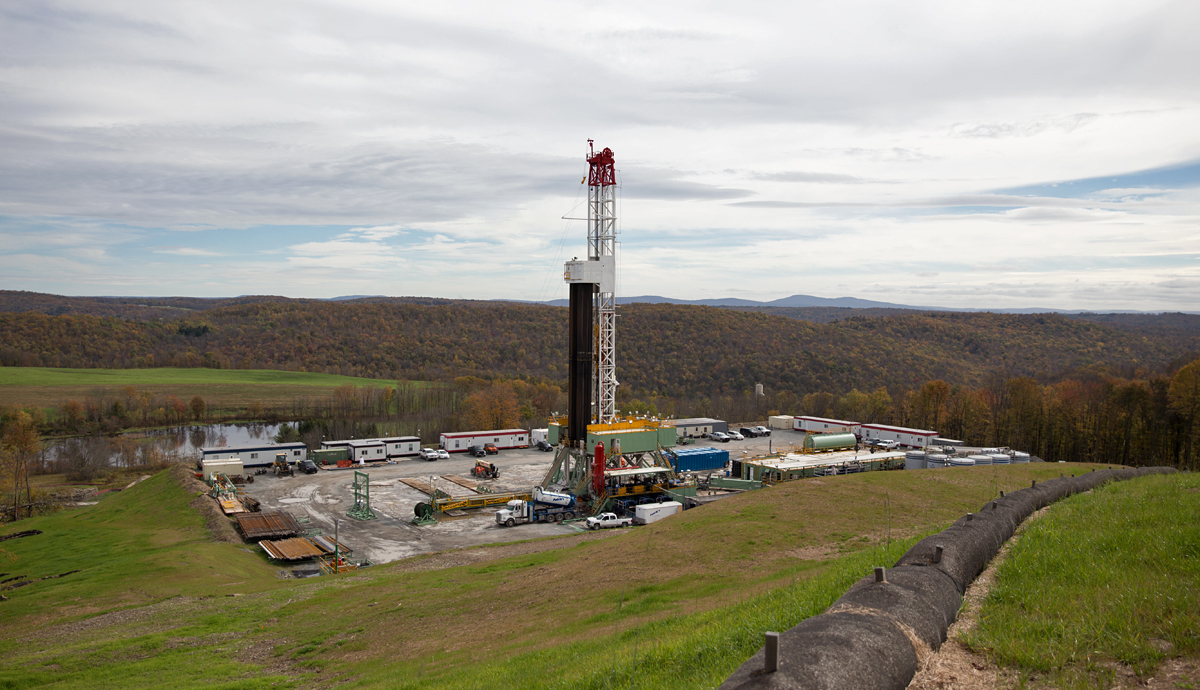

Nicole Deziel, a co-author of the study and associate professor at the Yale School of Public Health in the Department of Environmental Health Sciences. “I think we have about 50 epidemiological health studies demonstrating increased adverse health outcomes in communities that live near unconventional oil and gas sites,” said Dr. Previous research has shown an association between fracking activities and health impacts, but determining the path to exposure is more difficult. Still, they say the research shows that a child living within 1.2 miles of a well site, which is within their watershed, could be at a higher risk of exposure through drinking water. They did not survey the families to determine individual sources of drinking water. In addition to the location of well sites, researchers mapped individual watersheds and determined the flow of water from well heads to the children’s homes. The interdisciplinary team of researchers included experts on leukemia and environmental science, as well as hydrogeologists.

Additionally, a known cause is benzene, a chemical released by oil and gas drilling activities into both air and water. “After accounting for a variety of socioeconomic, demographic and biological factors that could potentially be underlying this association, it was consistent.”Īcute lymphoblastic leukemia is one of the most common childhood cancers, which is why the researchers chose to look at it. Cassandra Clark, a post-doctoral fellow at the Yale School of Public Health and co-author of the report. “The magnitude of the elevated risk that we observed was fairly striking,” said Dr.

It looked at 405 children diagnosed with ALL between 20, and included 2,080 controls matched by birth year. The study was published Wednesday in the journal Environmental Health Perspectives. Researchers at the Yale School of Public Health used the Pennsylvania Cancer Registry, along with state data on unconventional oil and gas drill sites, to determine that children born within two kilometers, or 1.24 miles, of an active well site were two to three times more likely to be diagnosed with acute lymphoblastic leukemia (ALL) between the ages of 2 and 7. Children who live close to fracking sites in Pennsylvania have a higher risk for the most common form of childhood cancer, a new study finds.


 0 kommentar(er)
0 kommentar(er)
